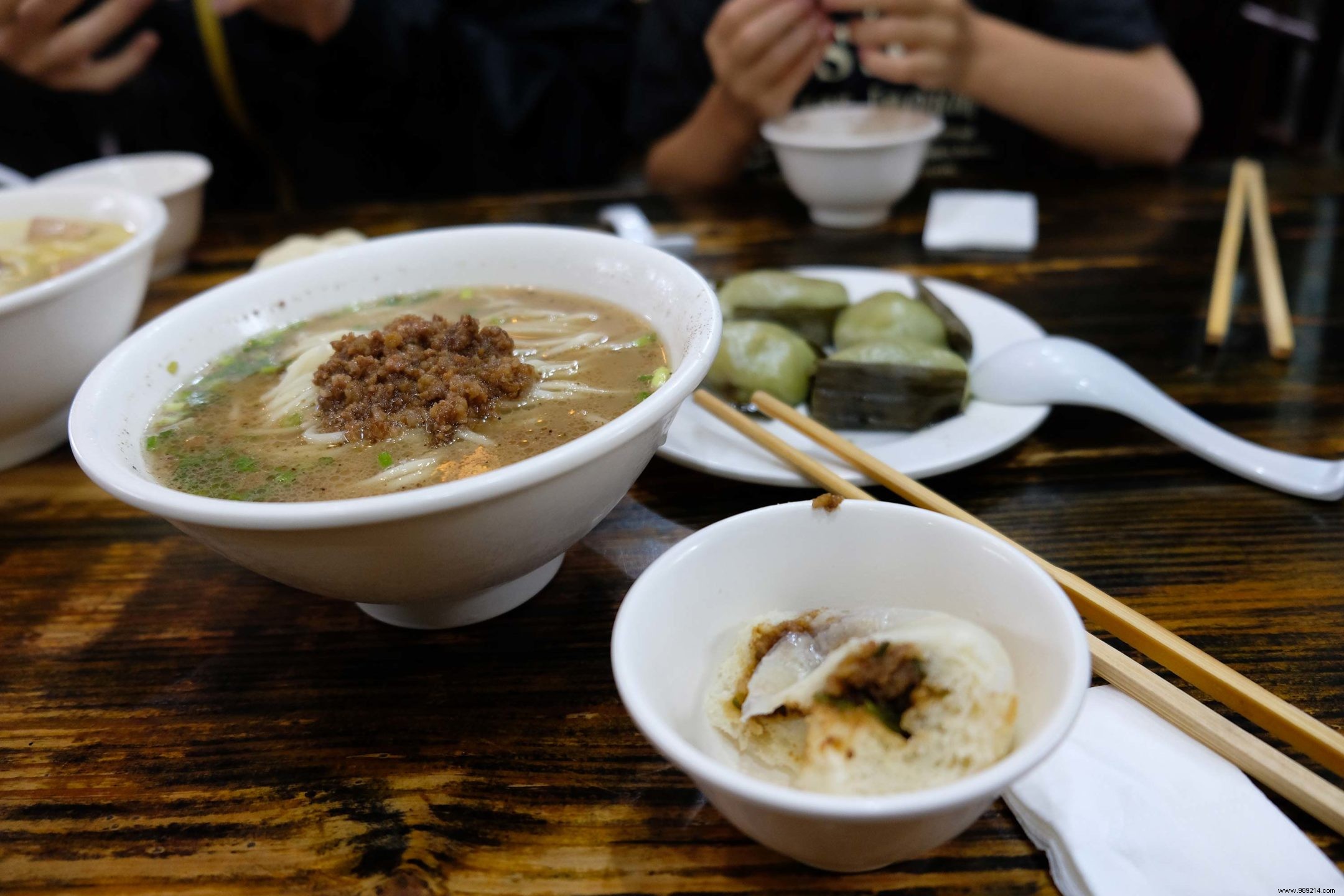
It is now time to take stock of our month spent in China.
We prepared a minimum of this stay before our departure as China is so big. And we focused on a small part of China:Yunnan, Sichuan and Guangxi. Admittedly, we did not see the Great Wall or the Forbidden City, but that was simply not part of our dreams and we leave ourselves the possibility of returning there one day.
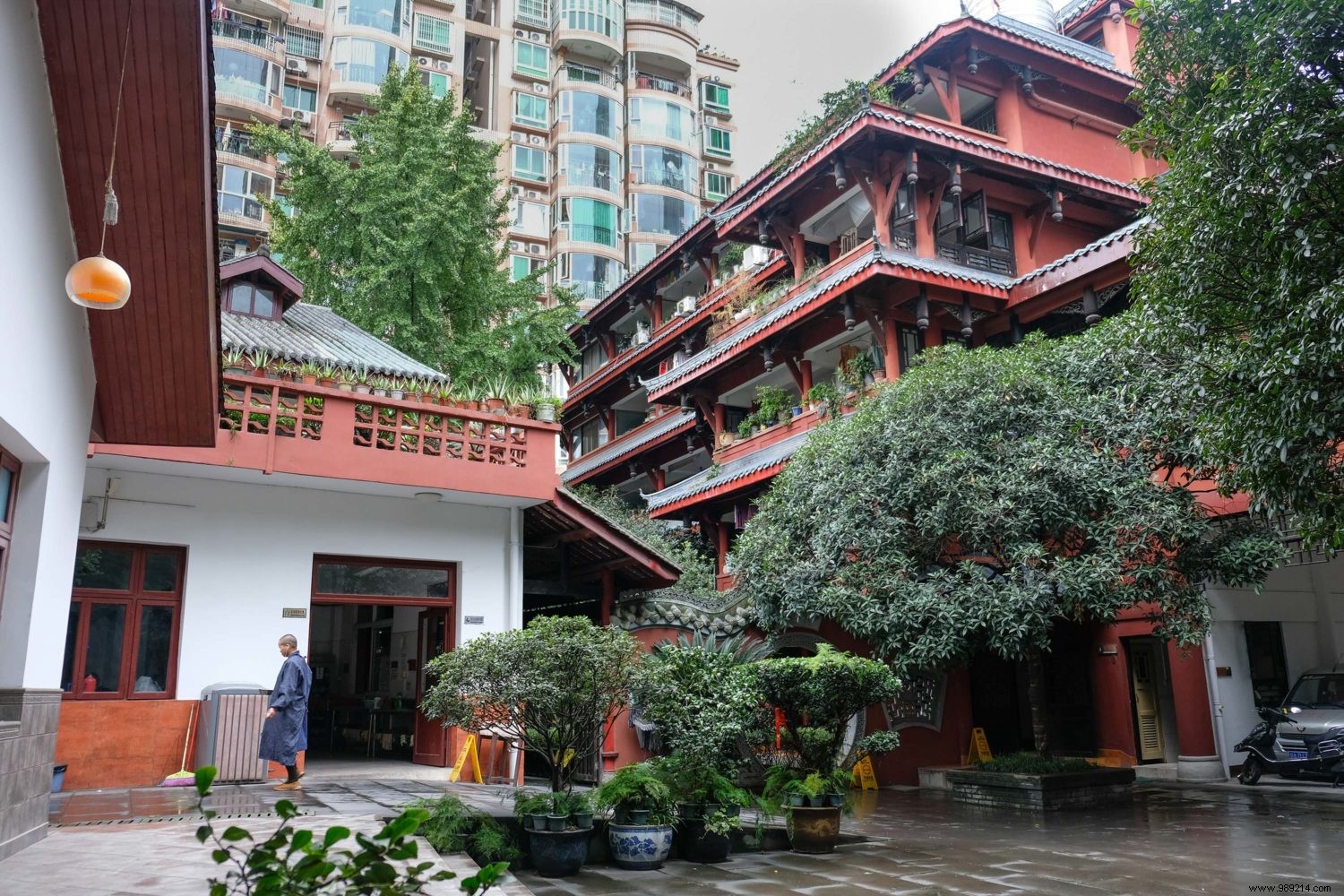
We left Brussels for Chengdu with the Hainan company. We used our usual techniques to find cheaper plane tickets and got it for 1000 euros at 4 (one way).
To enter China, it is essential to obtain a visa before crossing the border. The visa costs 126 euros/person for a 30-day tourist visa. If you go through an agency that takes care of preparing your file for the visa, you will have to add the processing fees. And if you live far from Paris, Marseille, Lyon or Strasbourg, you will have to add travel costs to one of these visa application centers to deposit your fingerprints there (in force since July 2019).
These visa costs are not negligible, but fortunately it is then possible to travel, stay and eat cheaply in China.
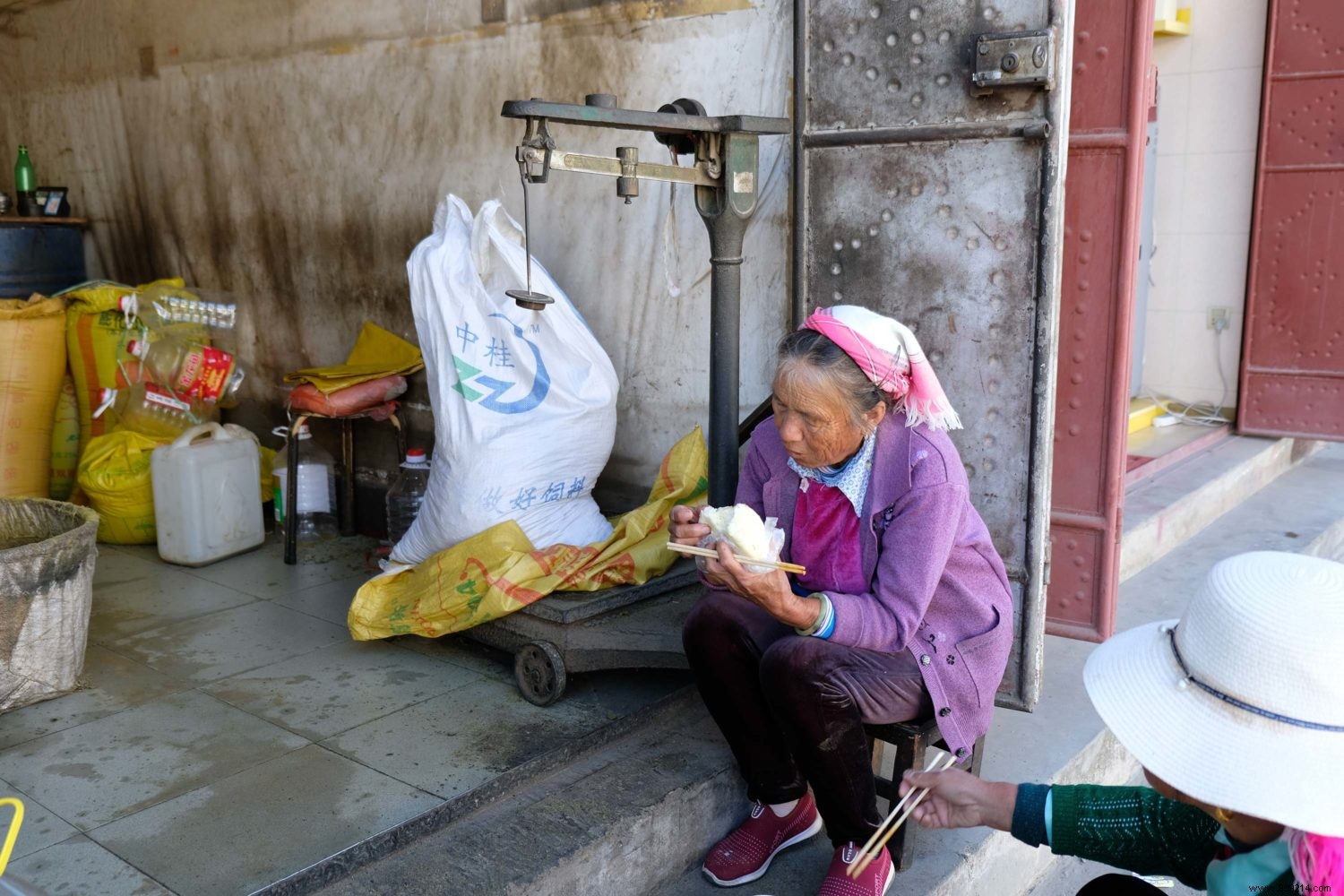
Absolutely surprising thing, the Chinese pay everything by QR code via their phones. Cash is hardly used more than by tourists. Even street vendors have their QR Code.
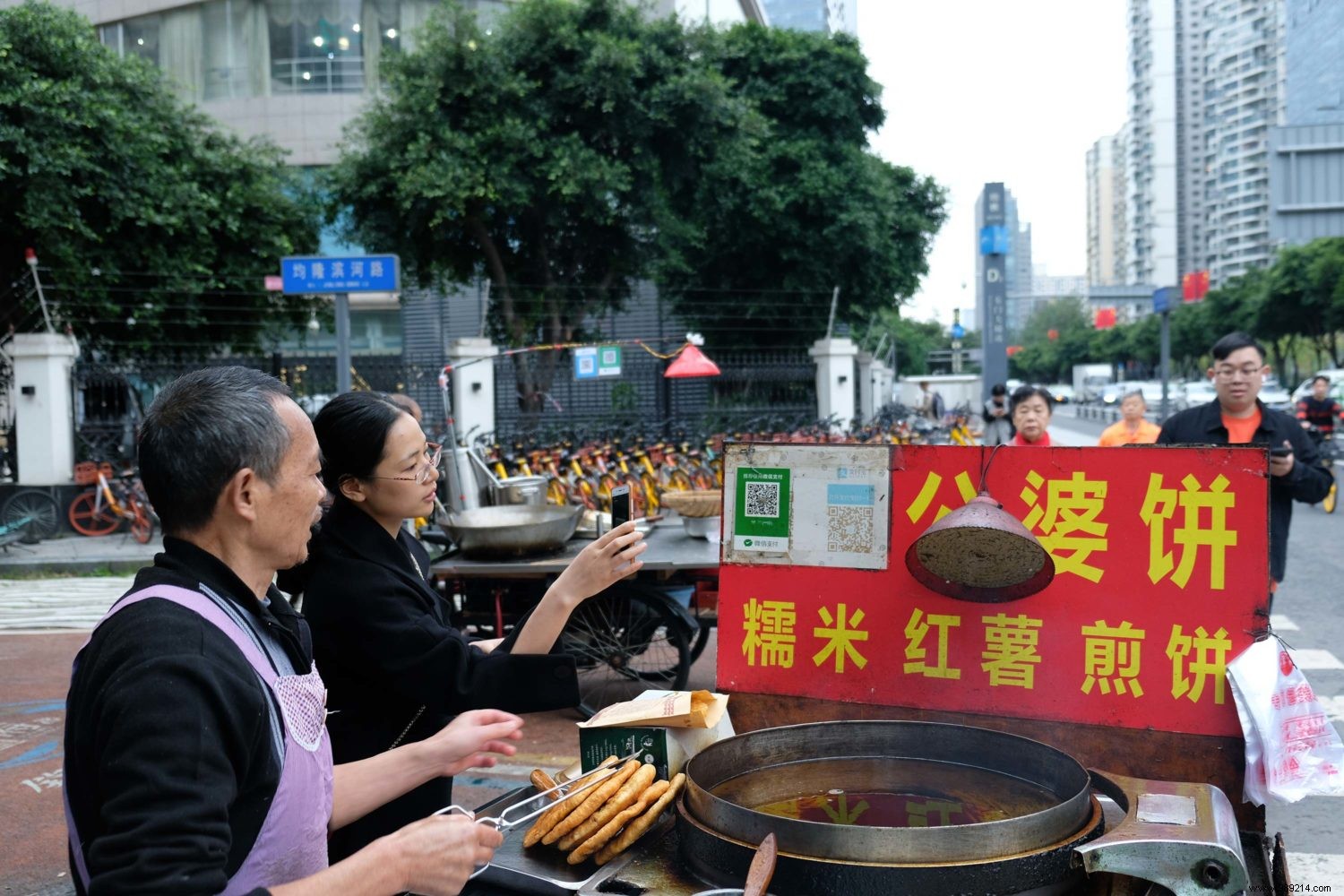
The currency used in China is the Yuan or Renminbi (people's currency). The exchange rate during our stay was 1 euro =7.70 yuan. For example, for 1 euro, you can buy 2 metro tickets or even a bowl of noodles (without meat) on a street stand.
We choose our accommodations according to very specific criteria:
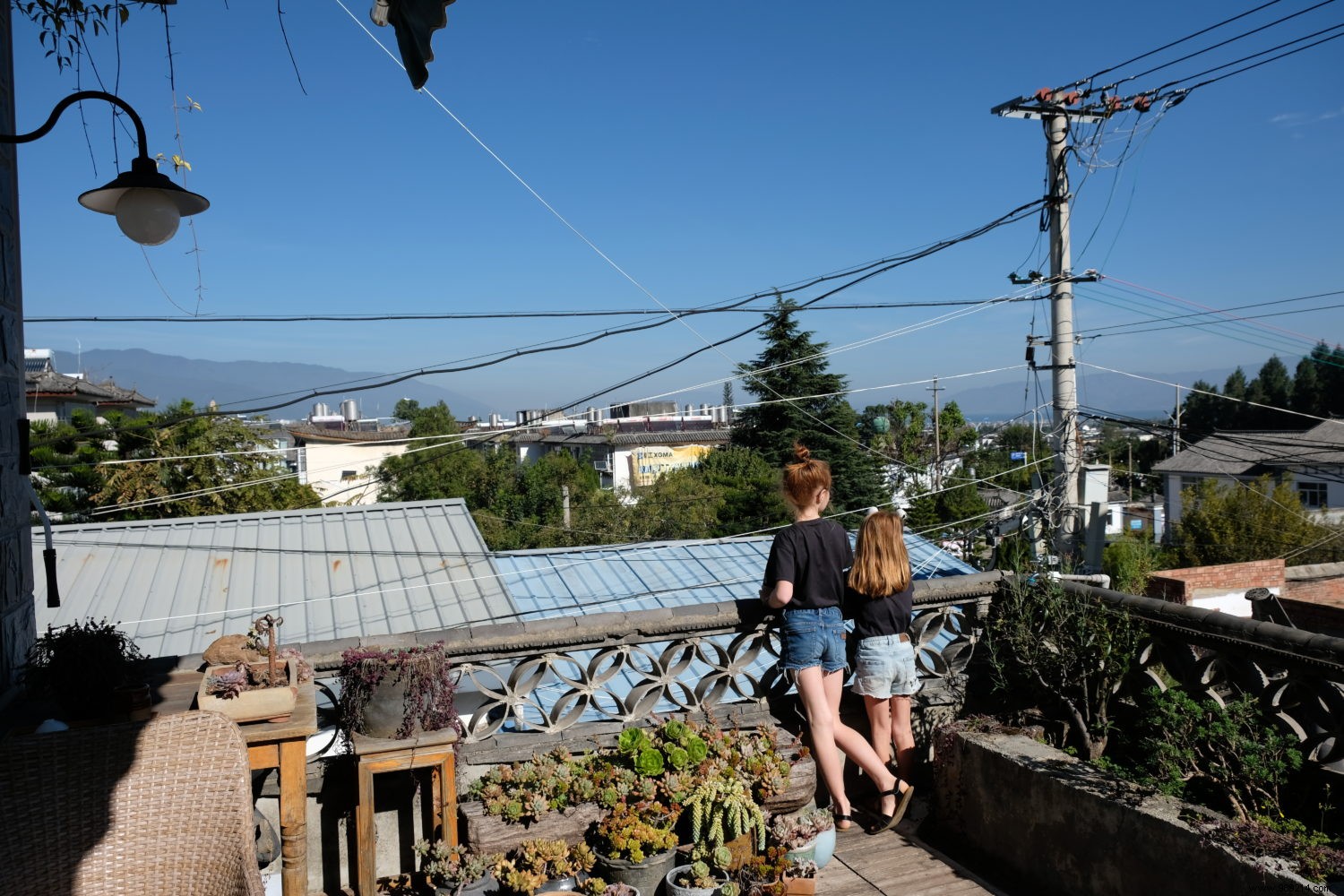
In China we sometimes slept in youth hostels in Chengdu, sometimes in small, really cheap hotels like in Shangri-La. And even in a hotel with a swimming pool in Yangshuo. Our accommodation budget in China is located between 21 and 38 euros per night for 4 and our accommodations were absolutely perfect.
Tip :in order not to increase the bill, we do not necessarily take breakfasts in hotels. In China there is always a kettle to heat our coffee (bought in the supermarkets), we bought milk briquettes for the girls, fruits, biscuits and when leaving the hotel, we nibbled in the street stalls a stuffed bread.
On the meal side, we had a great time in China, particularly in Yunnan and Sichuan. We ate noodle soups with always different flavors, Tibetan momos, pak choy cabbage with all the sauces, babas (kinds of filled bread) and a multitude of other dishes that we have not always identified.
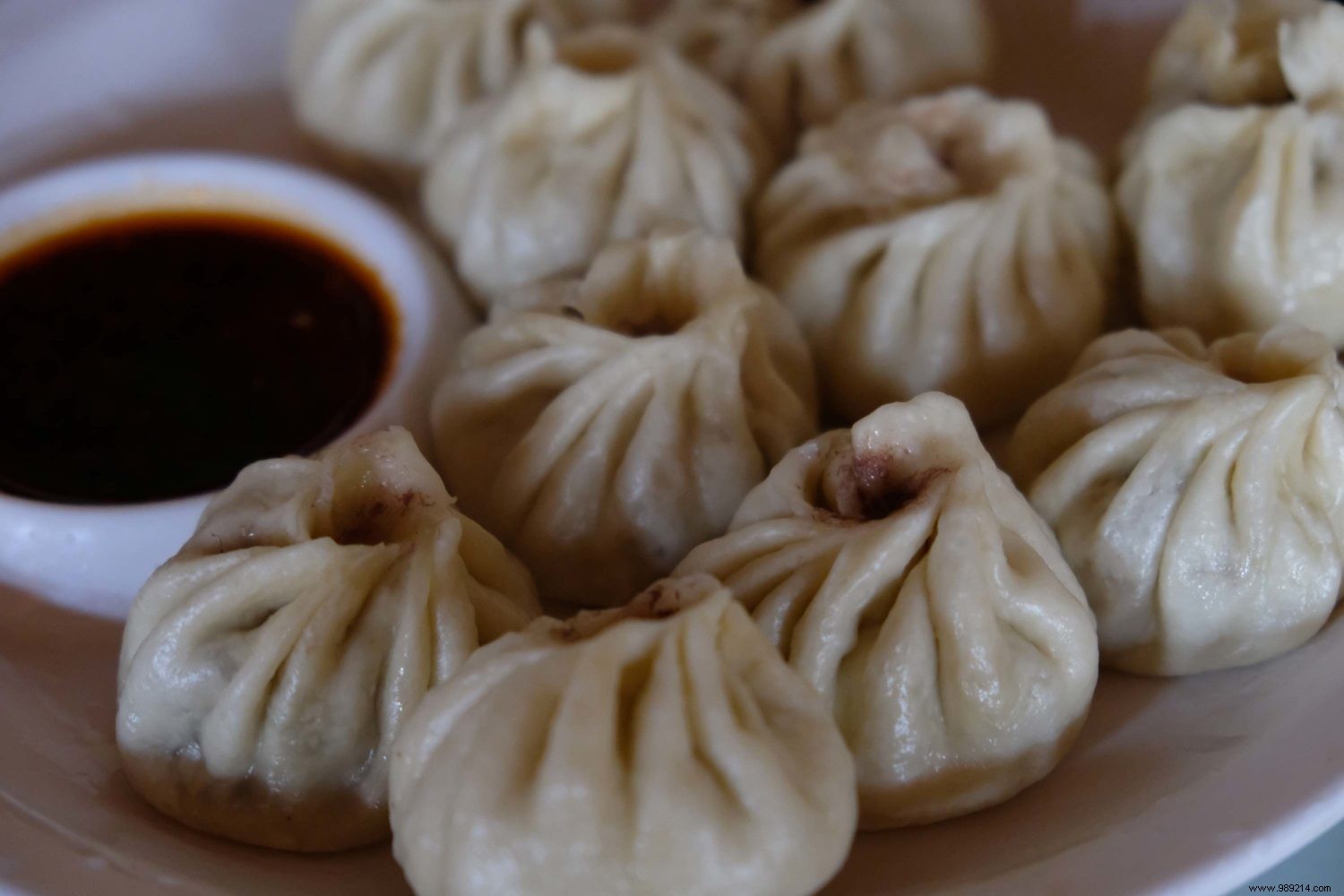
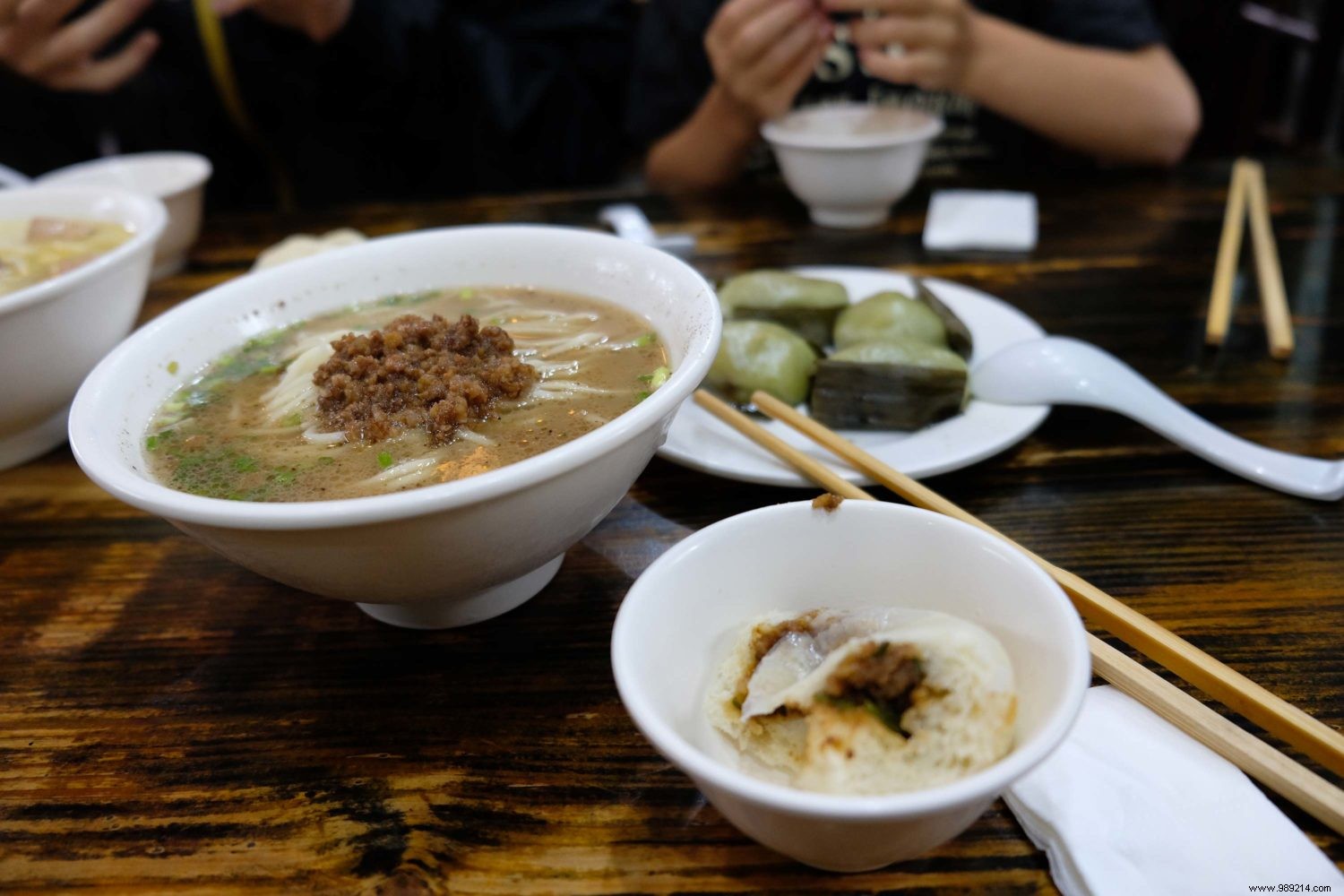
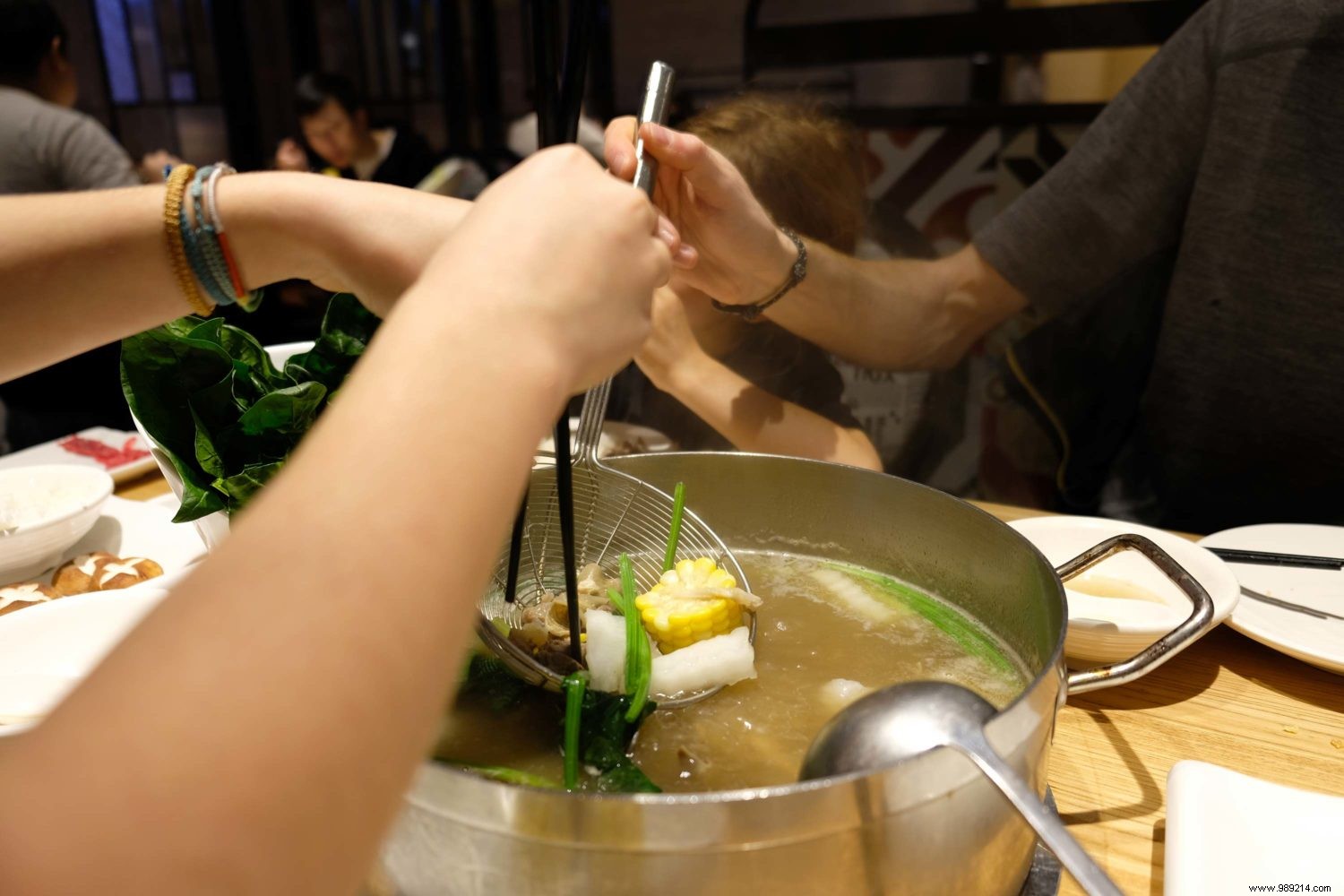
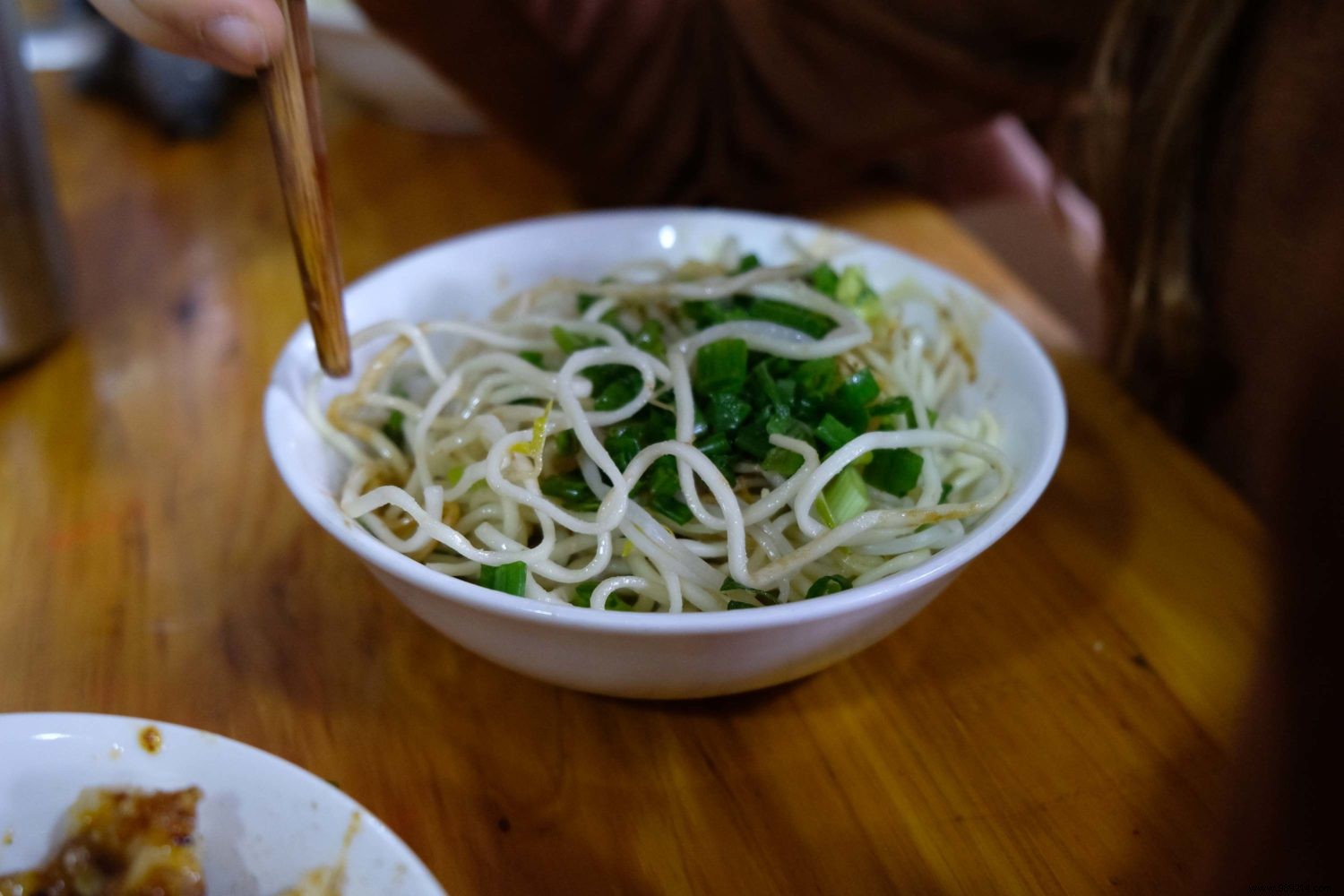
Sichuan is particularly famous for its fine and strong-tasting cuisine, spiced up with the pepper of the same name. We choose our dishes on photos, or we go around the plates of customers (which lend themselves to the game of lost tourists) and when we really do not know what to take we ask the cook to prepare 3-4 dishes of his choice . We have never had a bad surprise.
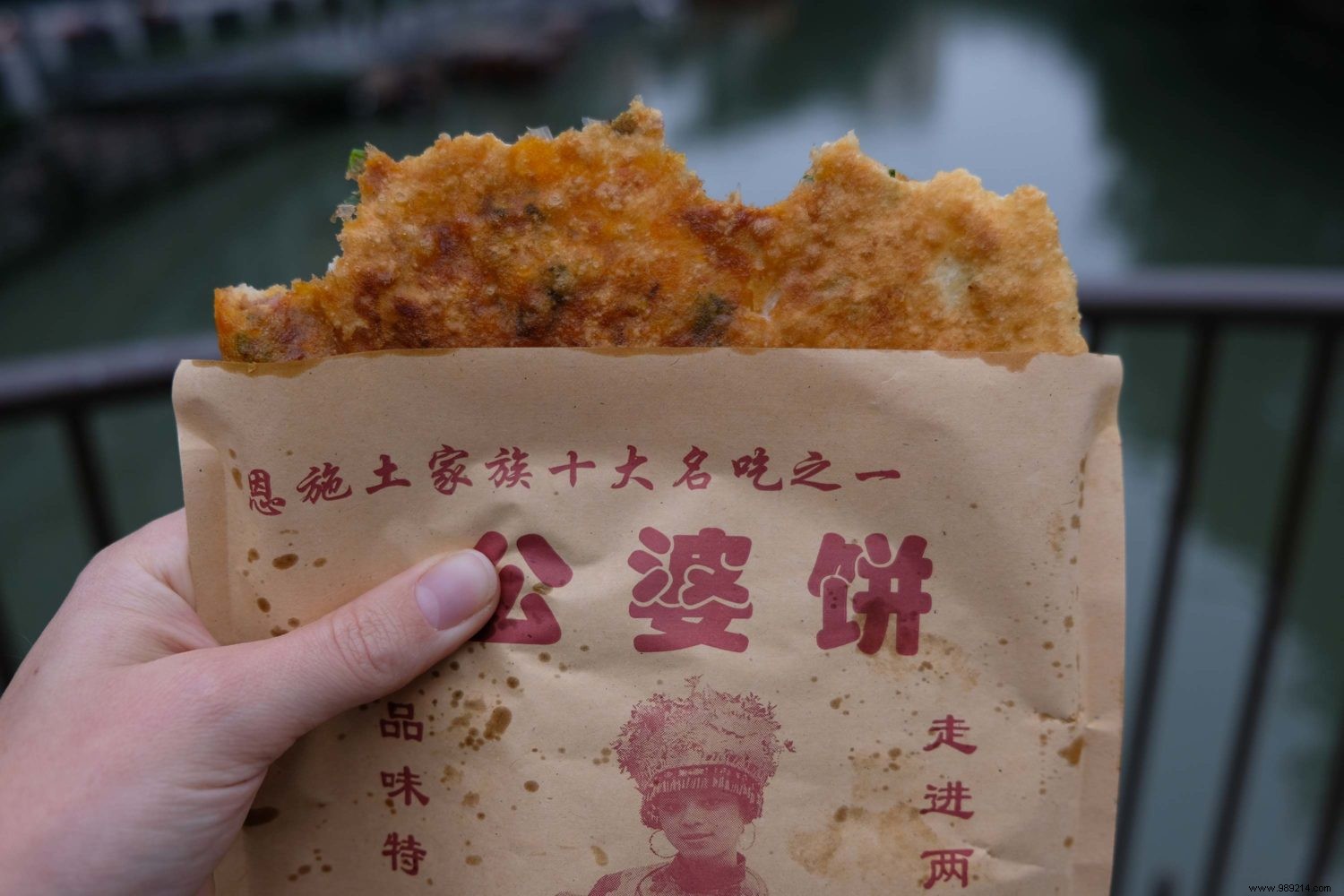
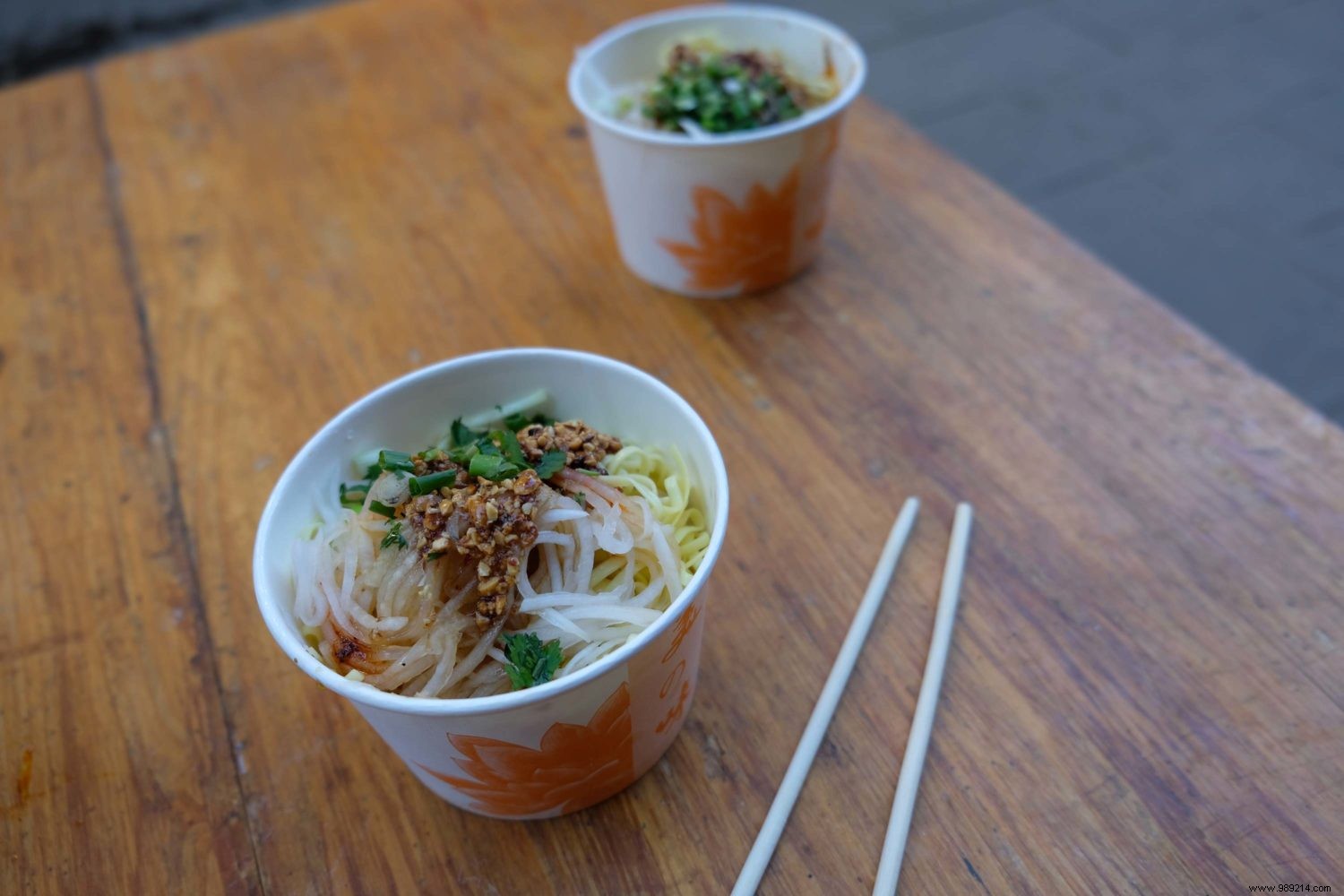
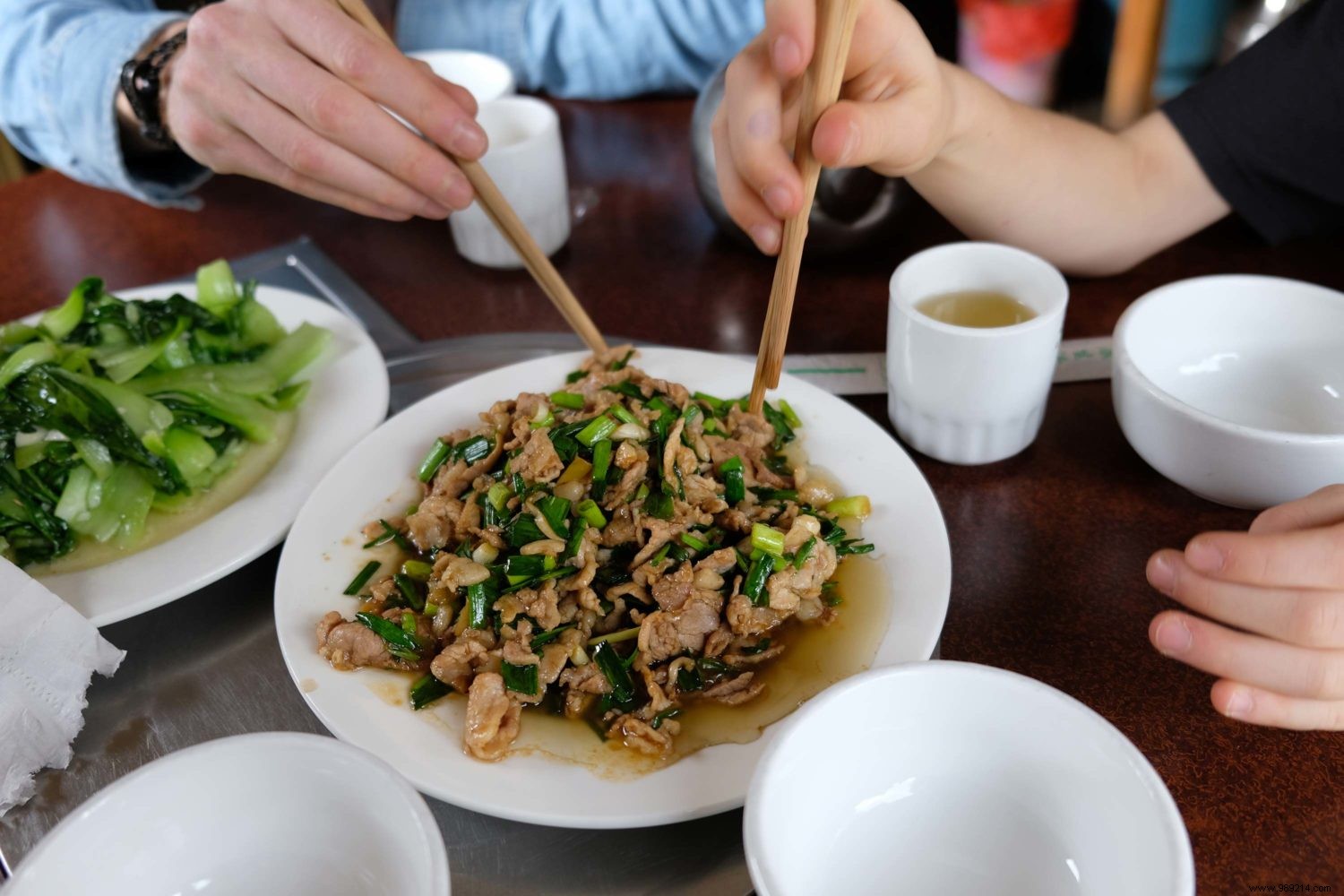
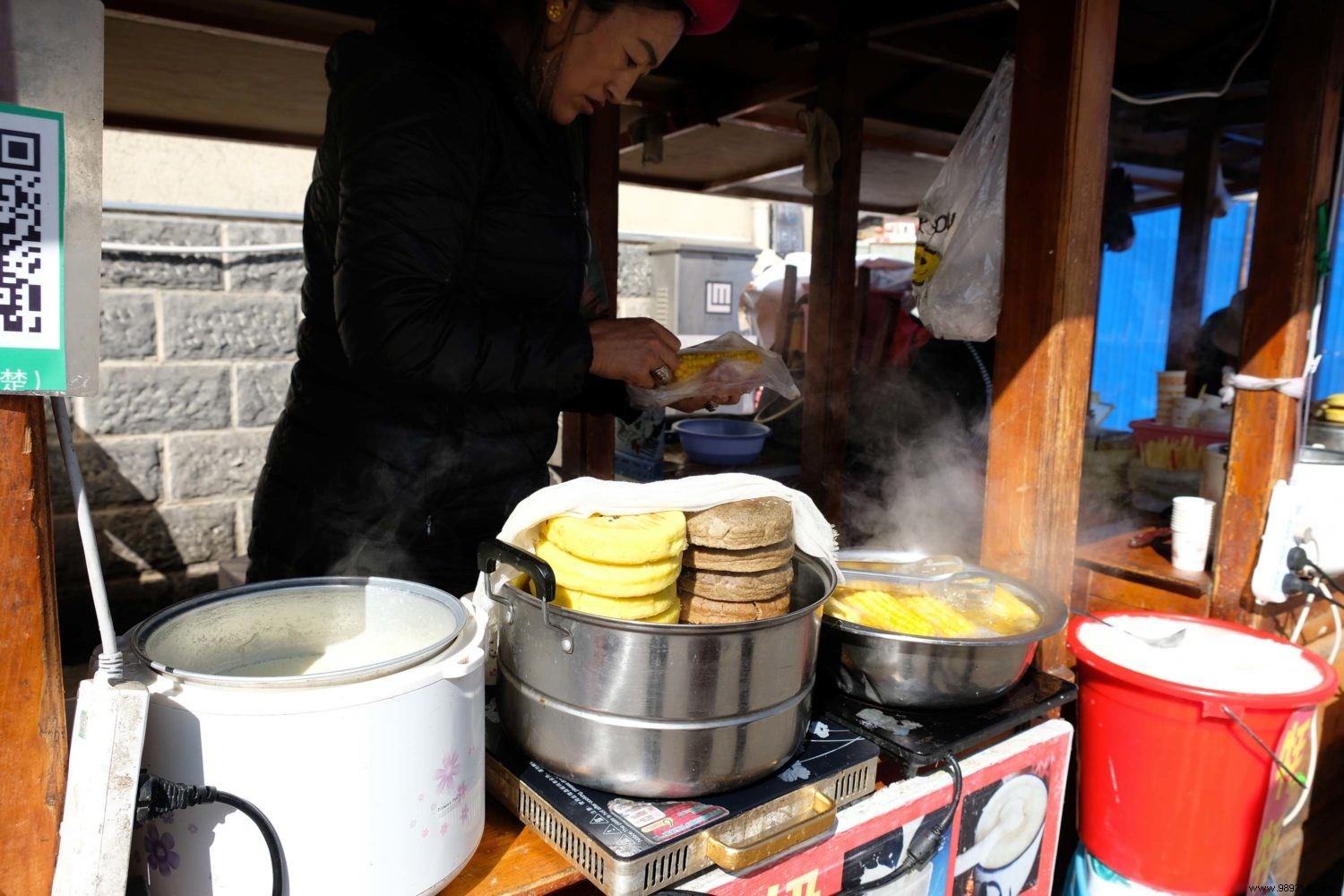
We ate for 5 to 20 euros for 4 depending on whether we ate meat or not and mainly on street stalls or small unpretentious restaurants (like this delicious restaurant in Shaxi where tourists don't go).
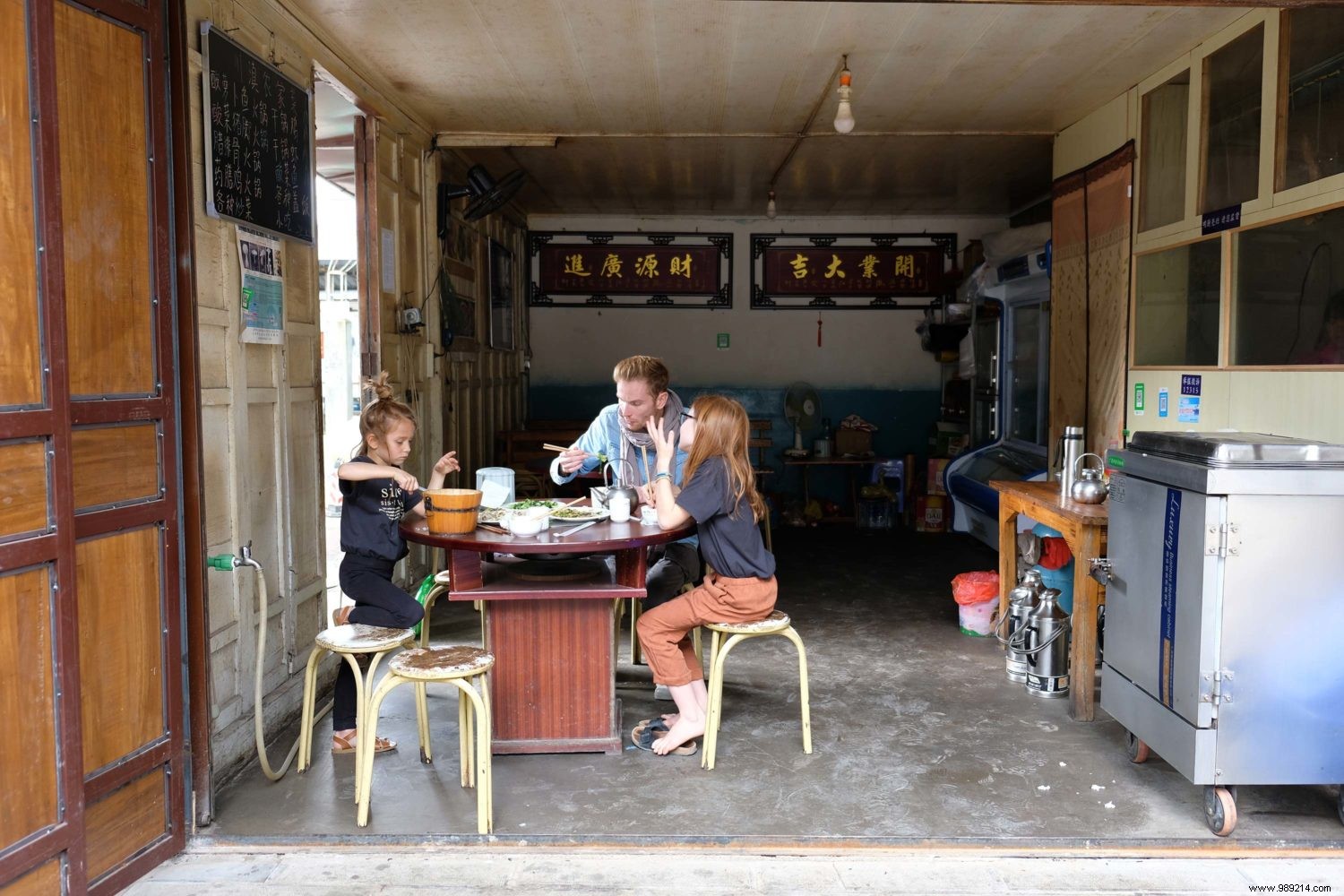
We only received smiles and signs of attention from the Chinese people we met. Even if it was difficult to communicate with most other than via translation applications.
Indeed it was quite a surprise to see that English was not at all, at all widespread. We then used a lot of photos to show the places we wanted to go (bus station, panda research and breeding center or Baoxiang temple) We also used instant translation applications such as Google translation. Or even the gestures especially to count. Indeed, the Chinese do not rely at all on the fingers like us and it can really be used to communicate. We also learned some basic words like "Ni Hao" (hello), "Xièxiè" (thank you) or even "Fàguó" (French).
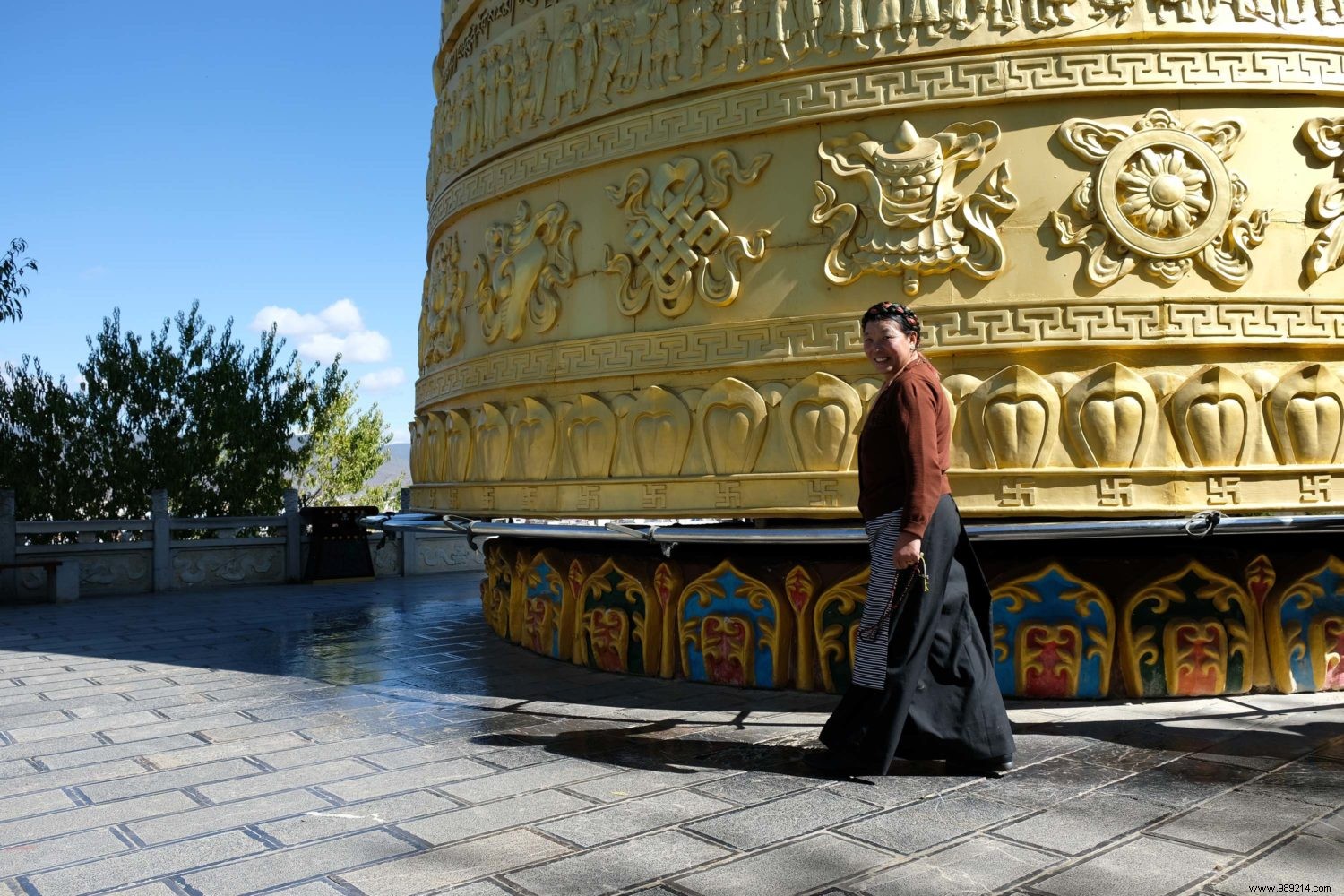
It is absolutely very easy to get around China using public transport. We took the plane, the metro, the train, the bus, hitchhiked and scooter.
For our train reservations, we used the Trip.com site, the site takes a commission but we were sure of having space (some trains are full a few days before departure). A. who is less than 130 cm tall does not pay if she travels on our lap. A. pay half price. When you book your train ticket on Trip.com, all you have to do is collect your tickets at the station counter by showing your reservation code and your passports.
Access to the train is after checking your tickets and passports as well as your luggage.
In the trains you will find a restaurant car with bowls of dehydrated noodles, more elaborate meal trays or fresh fruit. You will also find self-service hot and cold water fountains.
It is very easy to travel by metro in China. You have automatic terminals to take your tickets in the stations (in Chinese and in English). Just click on the metro station where you want to go and the number of tickets you want. Note that children under 130cm do not pay and that the average price is 3 yuan / metro ticket (0.50 euro cents). Bags are checked before entering the metro.
To take the public bus in China, we use travel apps like Moovit. The lines are indicated in numbers on the front of the buses. The bus fare is often displayed next to the door, outside the bus. In general, a trip costs 2 yuan/person (free for A.), you must top up and slip your tickets into the small box located next to the driver (who does not touch or give change, remember to have the extra). To take the buses connecting the cities between them, we simply went to the bus station with the name of the city written on the phone and the day of departure chosen. Easy, right?
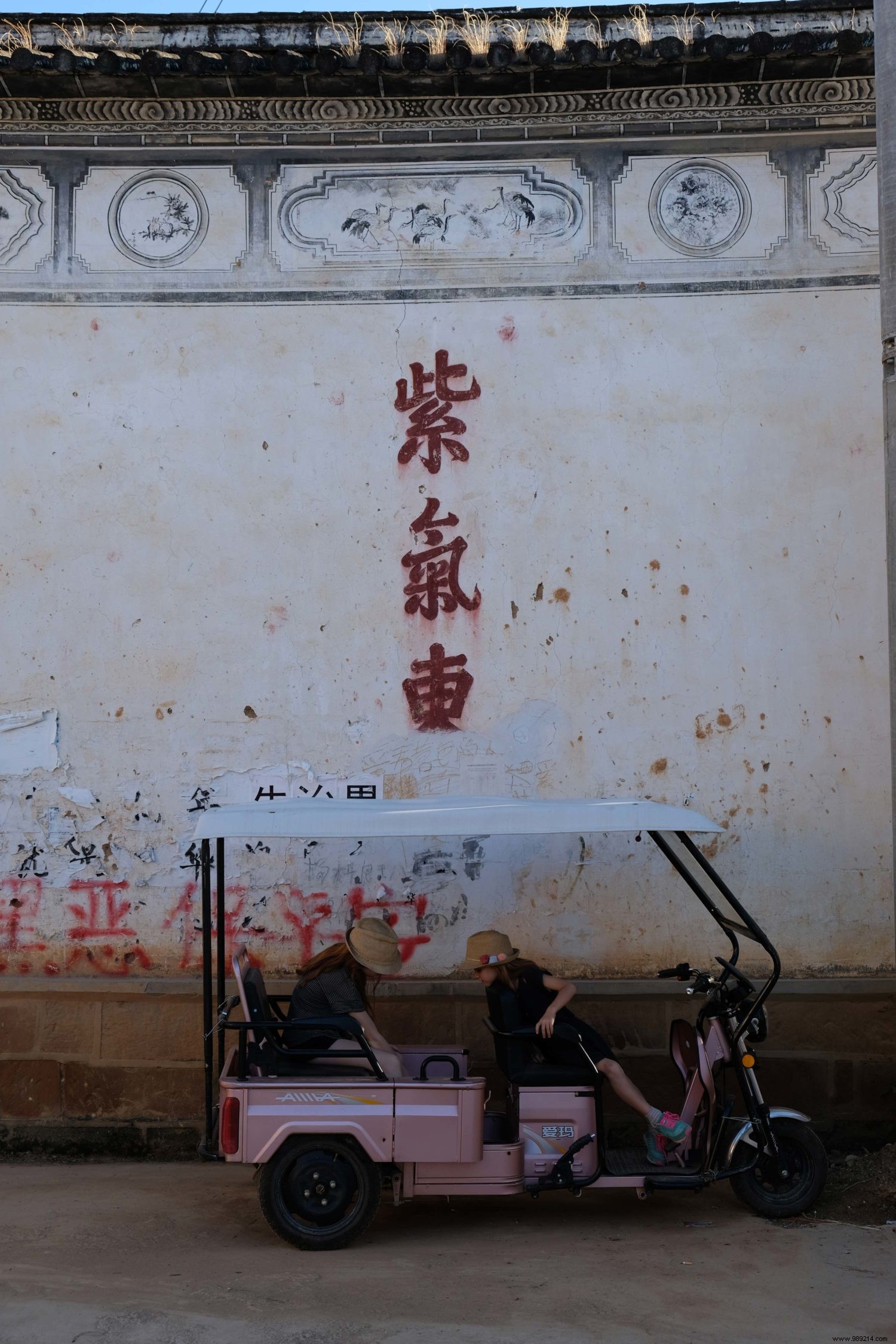
We also took a night bus between Kunming and Mohan on the border with Laos. It was a very good experience, the bus is clean, the road not too bad to spend a relatively decent night, the girls loved it and so did we!
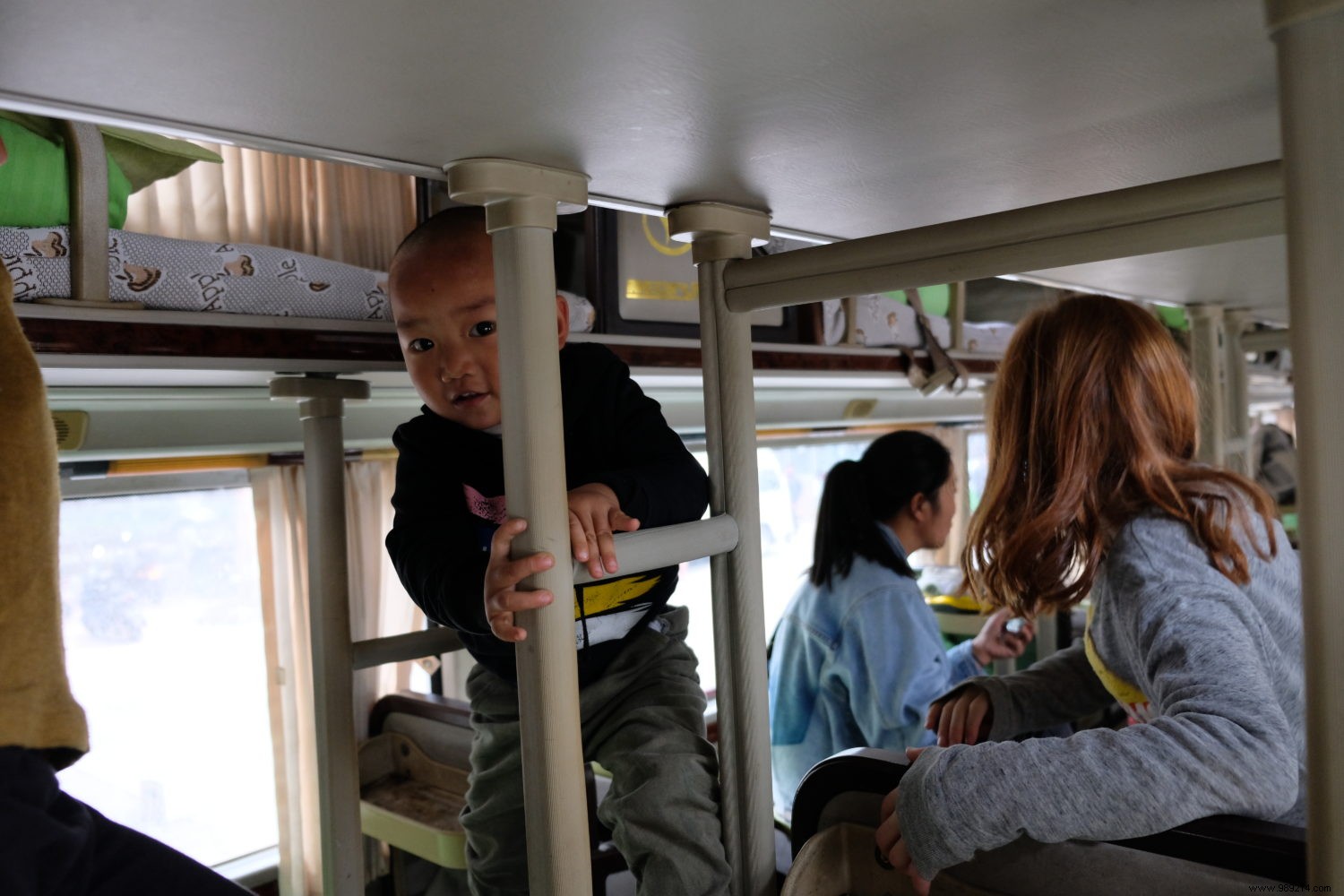
We have a Free package at 20 euros/month which allows us to have 25 gigabytes/month in many countries around the world, including China. So we had 4G everywhere in China and didn't need to use a VPN to go to sites blocked in China (Facebook, Instagram or Google).
Traveling for 6 months, moreover, with children, necessarily implies that you have to wash your clothes from time to time. We do our laundry by hand with the soaps or shower gels available in the hotels. To dry the laundry, I bought a compact clothesline (Sea to Summit). It has become indispensable to us. Some hotels offer washing clothes (15 yuan per machine) or offer free use of the machine (in our hotels in Shangri-La or Dali for example).
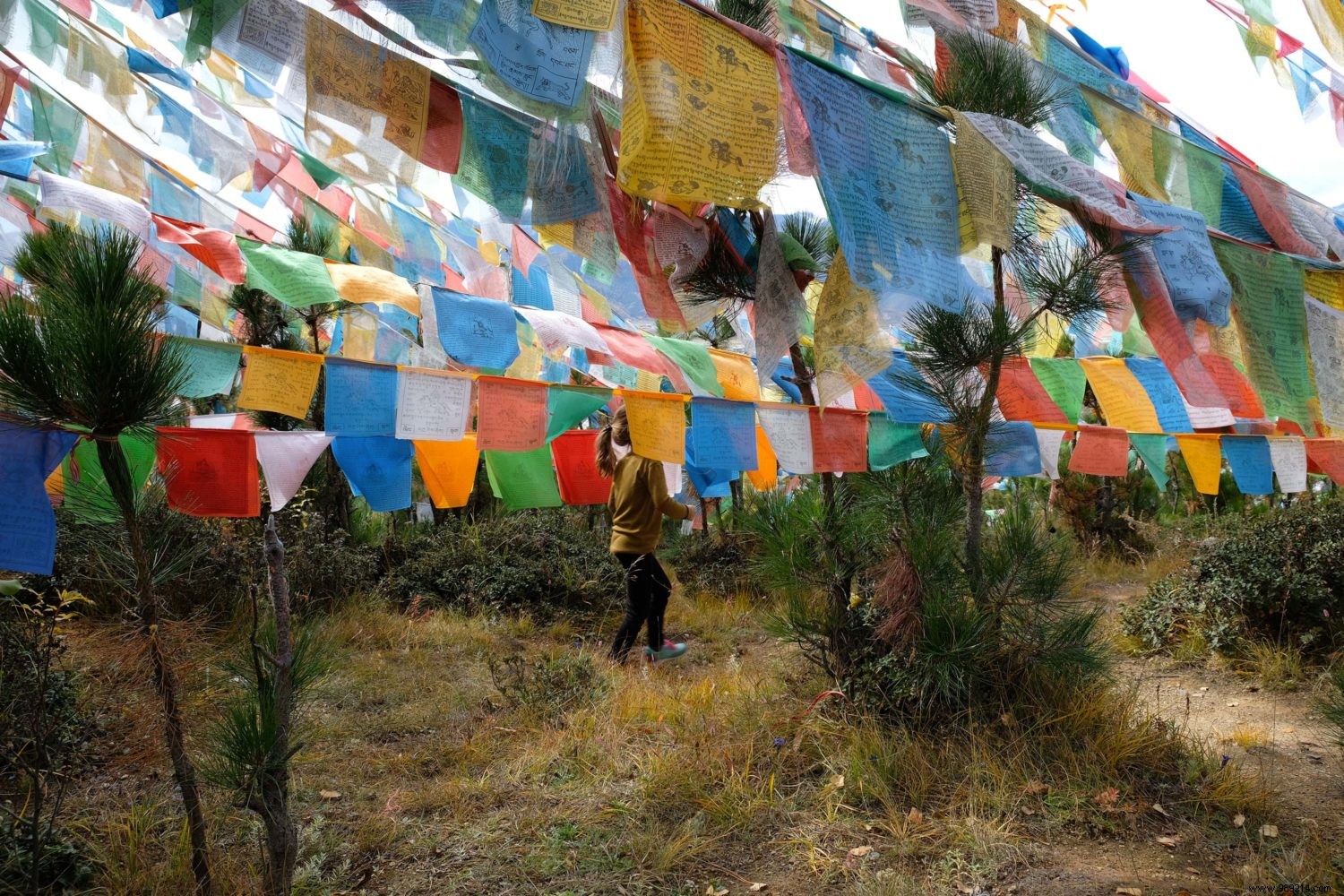
In the end, we spent 26 nights in China. We spent 790 euros on transport (an internal flight, 2 trains, many buses including a night bus to reach the China-Laos border) or 30 euros/day of transport expenses . To sleep, we spent 800 euros at 4 for 26 nights, i.e. an average accommodation expenditure of 30 euros/hotel night at 4 . In terms of meals, we ate mainly in small restaurants with the locals, breakfasts, lunches and evening meals (often consisting of fruit and yogurt only because we ate well during the day), we had about 25 euros per day at 4 meals without depriving us. In extra , we have some entrances to temples or monasteries (Songzanlin), a Chinese massage in Chengdu (100 yuan to 4 or 13 euros), entrance to the panda research and breeding center in Chengdu, a few carousel rides. We do not buy/few souvenirs (they are in our heads). We value our extras at 10 euros/day .
Either an average daily budget in China including transport/accommodation/meals/extras at 4 of 95 euros/day .
You can find our entire trip to China on the blog, from Chengdu to Shangri-La, via Shaxi, Dali and finally Yangshuo!
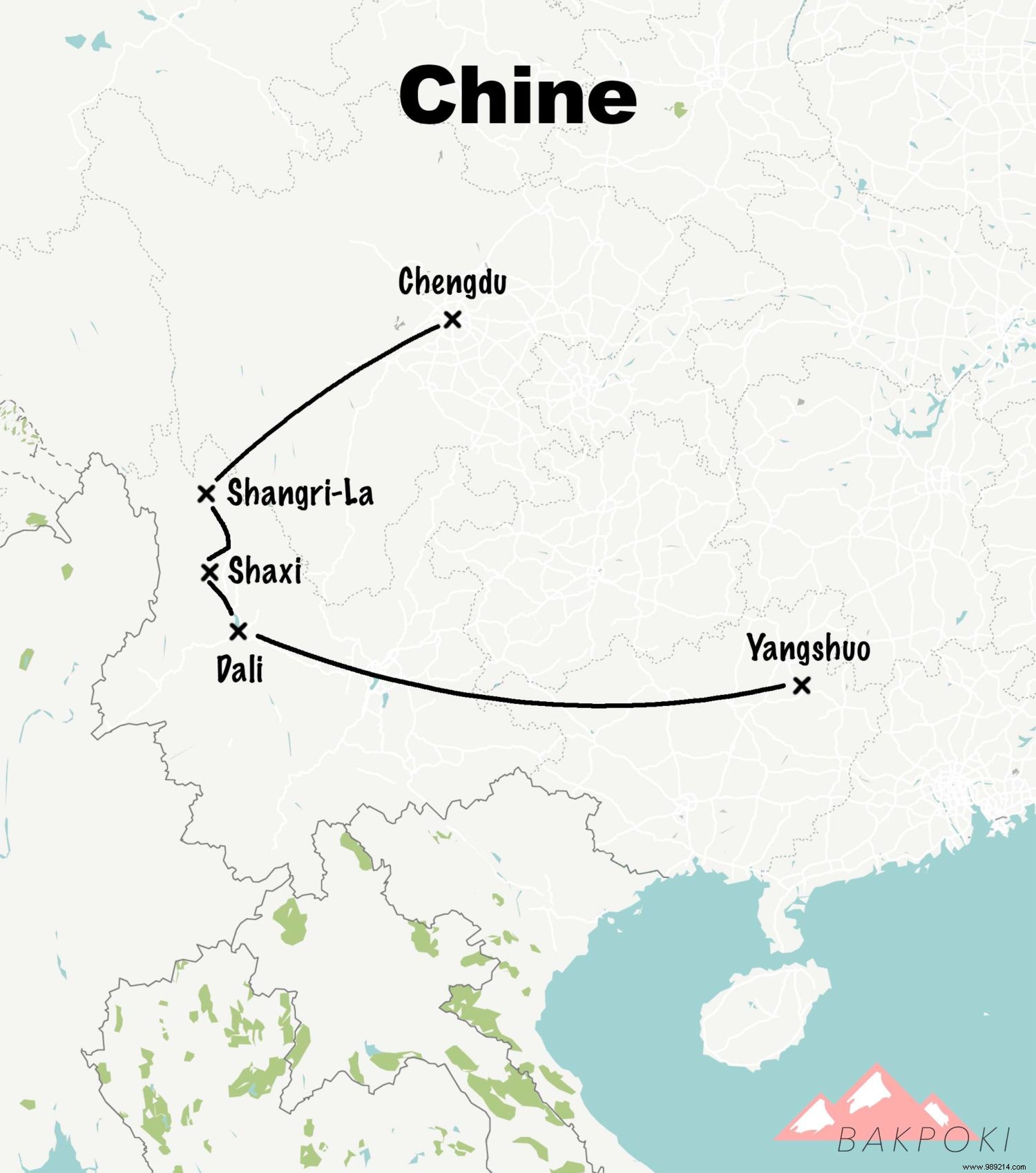
We simply loved our trip to China and want to discover more!